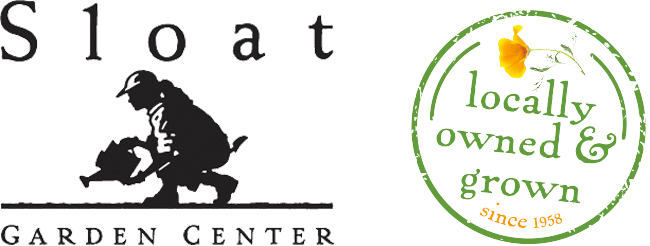In the Garden
Hands-On History Lessons

THE GARDEN The beds at the Lewis House in Colonial Williamsburg are seeded with heirlooms.
The New York Times (Home & Garden)
By ANNE RAVER
Published: March 25, 2009
WILLIAMSBURG, Va.
THE quince hedge was already covered with salmon-pink flowers the day Lawrence Griffith, the curator of plants at Colonial Williamsburg, planted 19 varieties of heirloom flowers from seed.
Not indoors in pots, mind you, something the colonists rarely did. Mr. Griffith sprinkled these seeds over meticulously prepared soil, raked them in a bit and tamped them down with the back of the rake.
It was mid-March and still sweater weather, but the air was sweet and the soil workable. I had driven down from Maryland to the historic garden to get some pointers on growing flowers the way my ancestors did. Mr. Griffith’s recent book, “Flowers and Herbs of Early America” (Yale University Press, 2008), had whetted my appetite with its stories of historic plants. Some hark back to Theophrastus, the ancient Greek botanist who cataloged 500 in his “Enquiry into Plants.” Others are Virginia natives cataloged in the 17th century by the English explorer John Banister, who, Mr. Griffith writes, was “accidentally shot while botanizing on the Roanoke River.”
Mr. Griffith’s knowledge is both scholarly and as practical as that of any gardener who has spent hours weeding on his hands and knees. He reminded me that flowers, like vegetables, are particular about when they germinate: just as spinach, peas and onions need to be planted now, larkspur, corn poppies, wallflowers and many other flower seeds do best if planted early.



